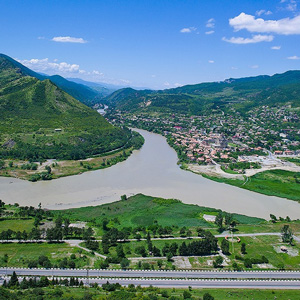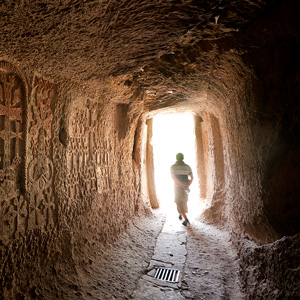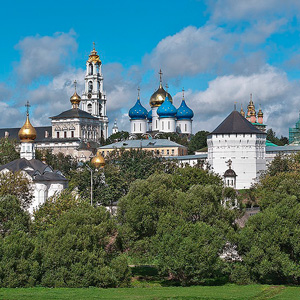This case-study approach aims to define the main principles for building general guidance for World Heritage properties of Religious Interest, seeking to understand the needs, challenges and best practices for the recognition and management of properties with associative sacred or spiritual values, including sites with living religious practices.
It should allow us to identify specificities in the management of such properties, compare different approaches, and point out the most efficient management systems highlighting the involvement (procedures, agreements etc.) of religious communities.
The Case-Study Questionnaire should facilitate the collection of case-studies on governance, management and use of World Heritage properties of religious interest and should seek the view of spiritual traditions from elders and others maintaining indigenous traditions, custodians, religious authorities, local religious communities and/or folk variants, and other relevant stakeholders that retain a close association with the property.
The Case-Study Questionnaire should permit us to inventory a decision-making process which brings all relevant stakeholders together for more effective and coordinated management of the World Heritage property.
The case-study approach goes beyond the exchange of know-how in management – it aims at developing a deeper understanding of the associated religious and sacred values, as well as knowledge of distinctive characteristic of properties of religious interest. This approach will help us to discuss the ‘living’ aspects of religious heritage, exploring the connections between World Heritage properties and the local religious communities that currently reside or visit World Heritage properties, bringing attention to the relation between tangible and intangible heritage values. Results from this consultation will also contribute to understanding the possible interlinkage between the Outstanding Universal Value (OUV) and other associative values.
Thematic case studies
The States Parties are invited to identify case studies on Management of World Heritage properties of religious interest, which illustrate representative thematic interactions, such as, for example, management of properties of religious interest in a Historic Urban Context.
Living Religious and Sacred World Heritage in a Historic Urban Context
Traditionally, religious communities are located outside of urban settlements, to allow a life in seclusion. The ascetic life of these communities, as well as self-sufficient living based on horticulture/agriculture and enriched by religious practices, kept these communities alive for many centuries. However, with increasing urbanization, modern urban settlements enclosed these confined communities within their boundaries. On the one hand, their role is in religious learning, transmission of religious practices and traditions, and maintaining good knowledge of medicinal herbs and plants; on the other hand, the preservation of cultural and natural heritage makes urban religious communities an important resource for sustainability. Religious communities can also contribute to sustaining large green areas for cities. In terms of World Heritage management, more and more religious communities are gaining recognition as stakeholders in site preservation.
Discussions, meetings and exchanges on this topic are also enhancing synergies among Conventions by acknowledging the role of religious communities. They ensure the continuity of living religious heritage in World Heritage urban areas, and the interaction between safeguarding intangible religious practices and the management of World Heritage properties.
Numerous historic cities on the World Heritage List include components of religious significance and some are recognized as holy sites or cities by different communities. The significance of, and the links between, coexistence, interaction and co-management of communities in the World Heritage properties in a historic urban context need to be further emphasized.
The role of urban religious communities in and around World Heritage sites, how they interact with the broader urban areas, their role in sustainability, and the challenges that these communities face with urban development will be explored within the implementation of the World Heritage Cities Programme and the Initiative on Heritage of Religious Interest.
The Cultural and
Spiritual Significance
of Wetlands
The Convention on Wetlands, called the Ramsar Convention, is an intergovernmental treaty that provides the framework for national action and international cooperation for the conservation and wise use of wetlands and their resources. The Ramsar Convention supports governments to safeguard the biodiversity of wetlands, but also their cultural values, the livelihoods they provide, and the rights of indigenous peoples and local communities to participate in their management.
A workshop “The Cultural and Spiritual Significance of Wetlands – Supporting the integration of nature and culture in their governance and management” organized by RAMSAR at the International Academy for Nature Conservation, Isle of Vilm, Germany (26/02/2018 - 02/03/2018) promoted the uptake and sharing experiences regarding the outputs of several projects on integrating cultural and spiritual values, and indigenous peoples' and local communities' interests in the governance and management of wetlands.
Several case studies of sites listed under both the Ramsar Convention and the World Heritage Convention presented in the Ramsar and World Heritage Conventions: Converging towards success illustrate the role of cultural and sacred values, practices and traditions in wetland conservation.





